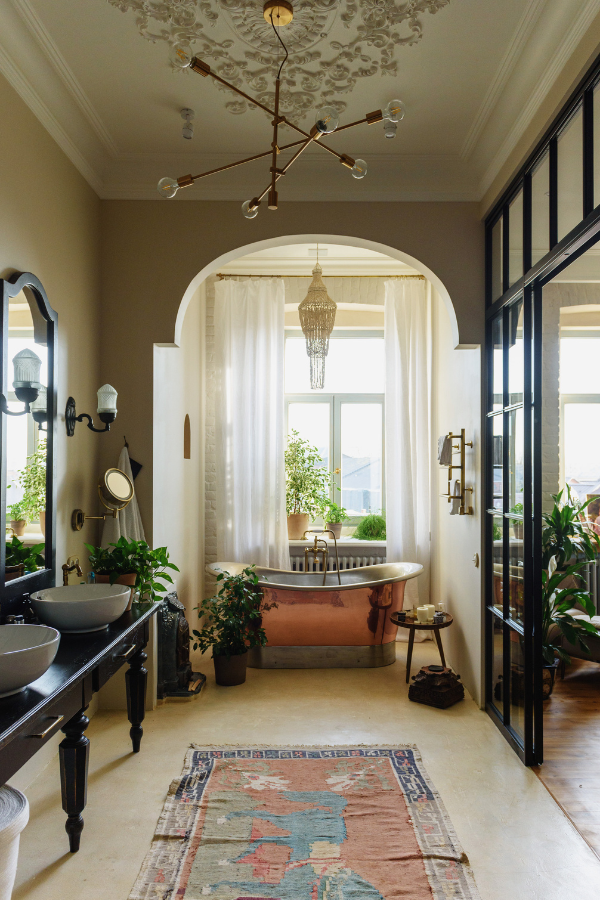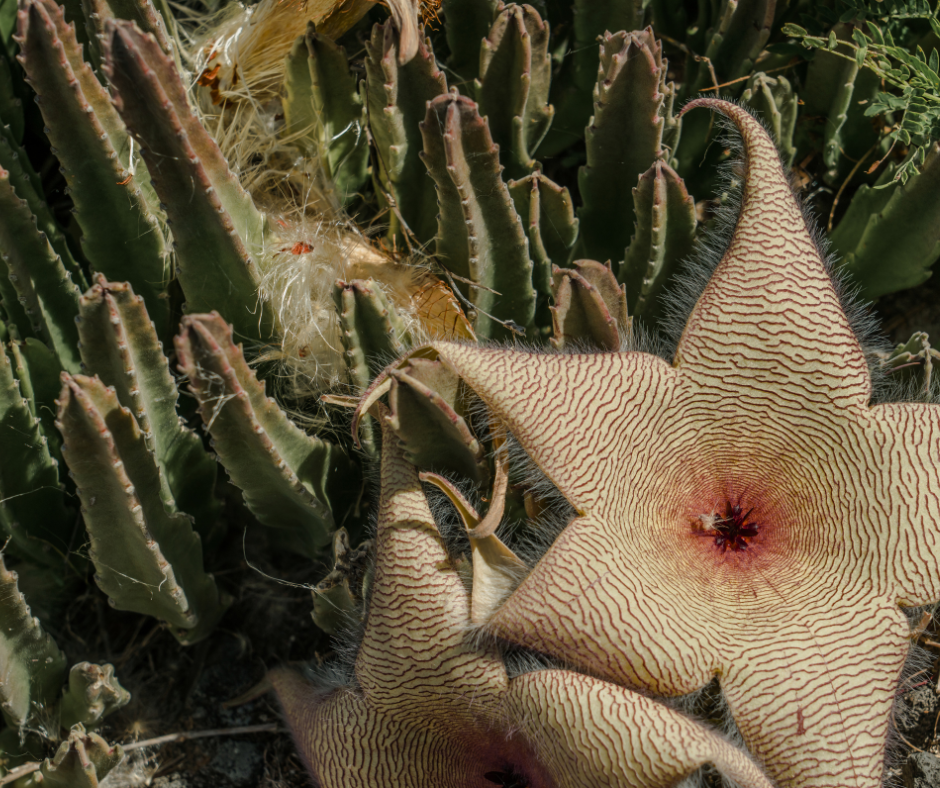

Spooky Houseplants You’ll Love Long After Halloween
Summary
This article highlights spooky-themed houseplants that make for perfect decor during Halloween and can be enjoyed year-round. From plants with eerie names like “Ghost Plant” to those with dark, dramatic leaves, these houseplants add a touch of mystery and moodiness to your space.
Reflection Questions
- How does incorporating moody, unconventional plants into your home change the atmosphere or reflect your personal style?
- Are there any plants featured in the article that inspire you to experiment with different home decor themes outside of Halloween?
- What role do houseplants play in your living space—are they purely for aesthetics, or do they also contribute to a sense of well-being and connection with nature?
Journal Prompt
Imagine a room in your home filled with spooky houseplants. How does it make you feel to be in that space? Describe how the colors, textures, and overall vibe of the plants influence your mood and sense of creativity.
As October’s chill bites the air and shadows grow long, many of us delight in transforming our homes into eerie sanctuaries of the supernatural. But while cobwebs, pumpkins, and plastic skeletons might be the staples of Halloween décor, nature herself offers a more subtle and lasting way to evoke the uncanny. With their otherworldly forms and mysterious hues, spooky houseplants can bring a touch of the macabre to your indoor garden. Whether you’re looking for plants with dark, haunting foliage or those with a witchy history, this curated list will ensure your home has a touch of Halloween all year round.
Spooky Houseplants for Creepy Halloween Decor You’ll Love All Year Round
Chinese Lantern Plant (Physalis alkekengi)
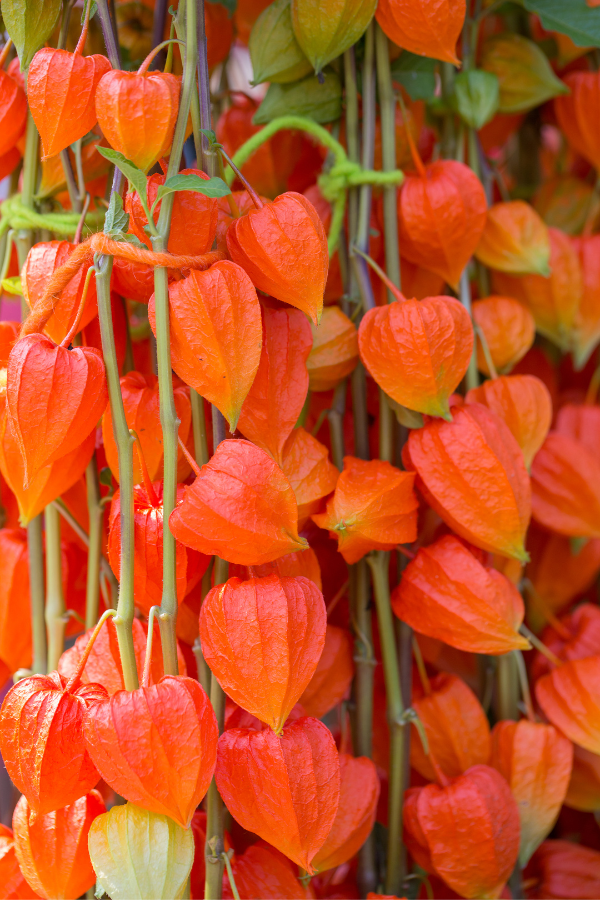

First on our list of Halloween plants is the Chinese Lantern Plant. The Chinese Lantern Plant is famous for its bright orange-red, papery husks (or calyces) that resemble glowing lanterns—especially when backlit.
These lantern-like structures enclose the fruit of the plant, which is a small berry. As the lanterns dry out, they become skeletal—revealing the berry inside. This adds an eerie touch to the plant—making it perfect for Halloween and other spooky-themed occasions.
The Chinese Lantern Plant prefers full sun, but it can tolerate partial shade. Too much shade might reduce the vibrancy of the lanterns. These plants like well-draining soil. Water regularly—ensuring the soil remains moist but not waterlogged.
Like many plants, they’re less tolerant of wet feet (i.e., consistently wet roots)—which can lead to root rot. A well-draining soil is crucial. An all-purpose potting mix should suffice.
If planting outdoors, ensure the site doesn’t retain water excessively. After the lanterns have dried out in the fall or early winter, you can cut back the plant to help promote new growth in the spring.
In addition to their natural beauty, the dried lanterns can be used in floral arrangements, crafts, and decorations—making them a versatile choice for those who enjoy seasonal décor. But exercise caution. The entire plant is toxic if ingested.
It’s essential to keep them out of the reach of pets and children.
Black Raven ZZ Plant (Zamioculcas zamiifolia ‘Raven’)
Next on our list of scary plants is the Black Raven ZZ Plant. The deep, dark blackish-purple leaves of this plant give it a spooky look.
This mysterious plant thrives in low to medium light—steering clear of direct sunlight. Its preference is for well-draining potting mix, and it is drought-tolerant, so you should let the soil dry out completely between waterings.
Doll’s Eyes (Actaea pachypoda)
This plant produces white berries with a black dot in the center at certain times of year—resembling eyes. It’s toxic, so it’s essential to keep it away from pets and children.
Native to the woods of eastern North America—particularly North and South Carolina—, Doll’s Eyes appreciate shady spots. Water them consistently—ensuring the soil dries slightly between each watering. They thrive best in rich, moist soil environments.
Black Bat Flower (Tacca chantrieri)
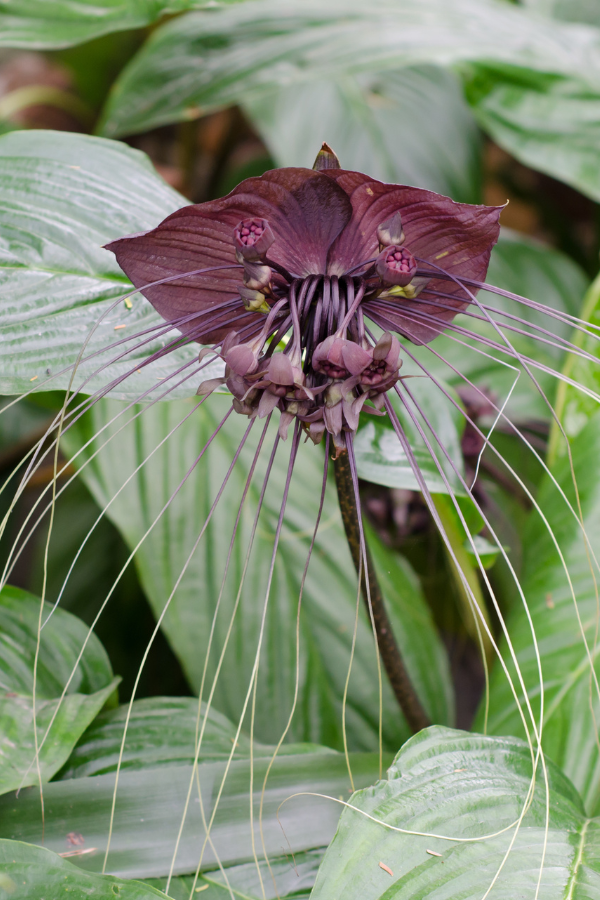

This unusual flower looks like a bat in flight, with dark black whiskers hanging down from the bloom. A plant as exotic as the Black Bat Flower craves bright indirect sunlight. Black Bat Flowers prefer a well-draining, moisture-retentive soil—which should be kept consistently moist.
Ghost Plant (Graptopetalum paraguayense)
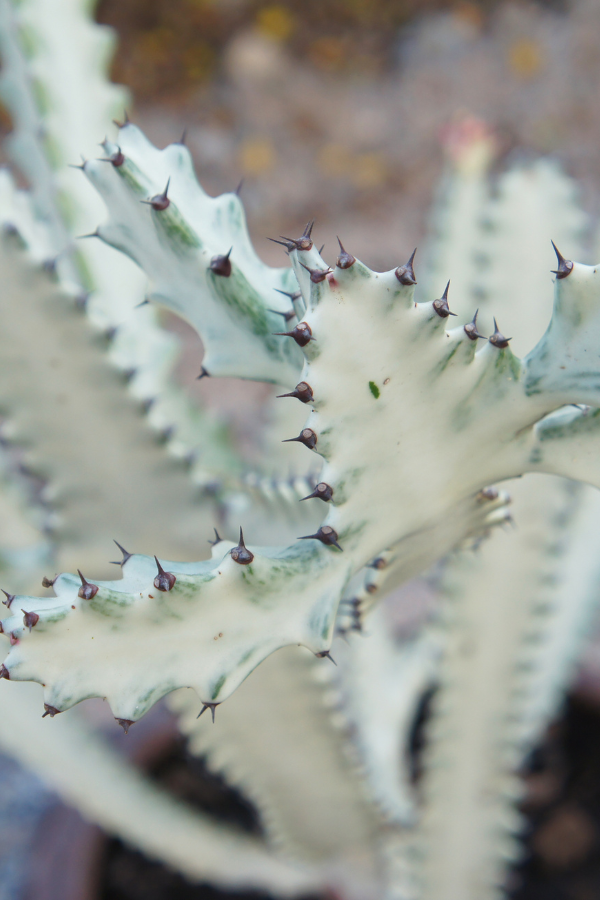

Next on this list of freaky plants is the Ghost Plant. Its name and its pale gray, almost translucent leaves make it a perfect fit for a spooky-themed plant list.
This ethereal plant desires bright light with a bit of direct sunlight. A cactus or succulent mix serves its needs, and you should allow its soil to dry out between waterings.
Black Mondo Grass (Ophiopogon planiscapus ‘Nigrescens’)
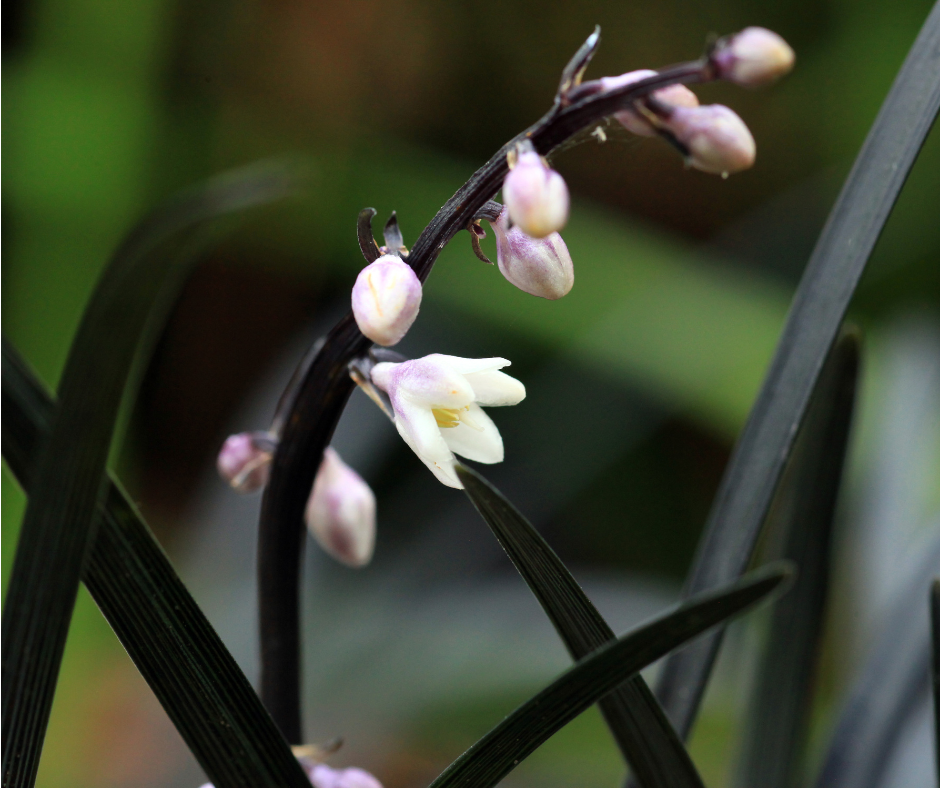

Next on our list of bizarre plants for Halloween is Black Mondo Grass. This grass has dark purple, almost black, blade-like leaves, and produces small, dark purple flowers and berries.
It enjoys a range from full sun to partial shade. Water these wonderful plants regularly—letting the soil dry a bit in between. They favor rich, well-draining soil.
Cobra Plant (Darlingtonia californica)
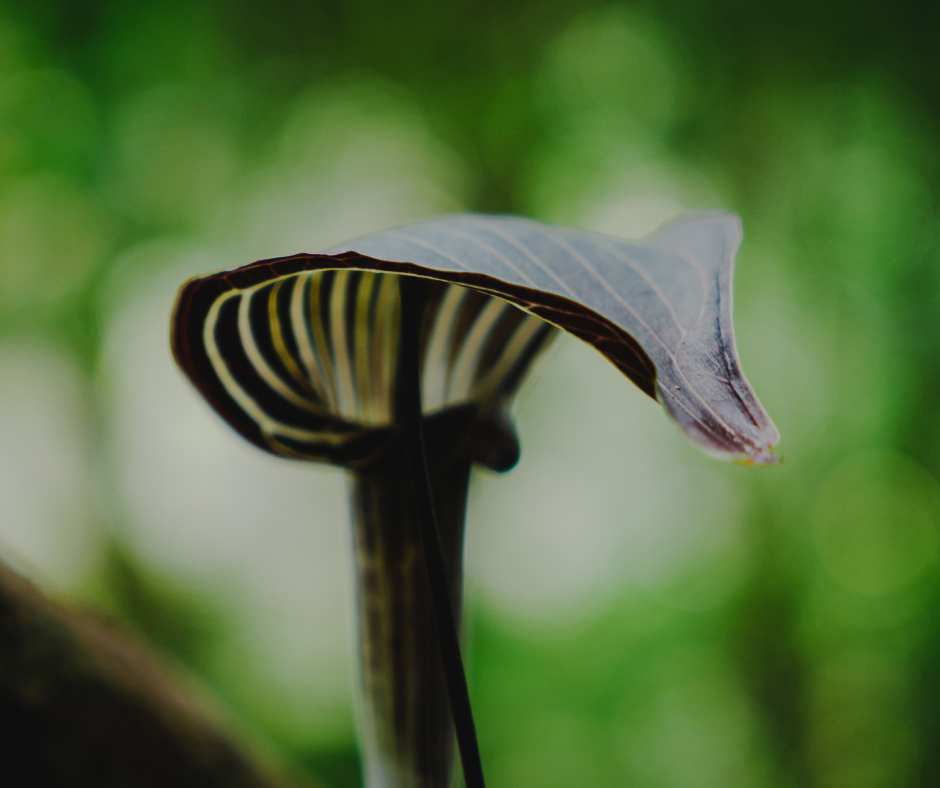

Next on our list of scary plants is the Cobra Plant. The Cobra Plant (Darlingtonia californica)—also known as the California Pitcher Plant or Cobra Lily—is one of North America’s native carnivorous plants. The names of this carnivorous plant stem from its unique and eerie appearance, reminiscent of a rearing cobra with a flared hood and sometimes even a forked leaf resembling a serpent’s “tongue”.
The Cobra Plant has tubular leaves that form a pitcher, much like other pitcher plants. However, what distinguishes it from other pitchers is the leaf’s hooded shape, which gives it that characteristic “cobra” appearance. The hood conceals an opening to the pitcher’s interior.
Insects are lured into the hooded pitcher by the plant’s color and nectar. Once inside, they become disoriented by the plant’s translucent “false windows”—patches that allow light to penetrate but don’t offer an exit.
Trying to find a way out, the prey often ventures deeper into the tubular leaf—where they slip on the smooth, waxy surface and fall into a pool of water at the base. Here, the insect drowns and is eventually digested by the plant’s enzymes—providing essential nutrients.
The Cobra Plant requires pure water, like distilled or rainwater. Their natural habitat often has cool water running over the roots, so they appreciate cool roots. A tray method—where the pot is placed in a tray of water—can help mimic this environment.
Provide bright, indirect light. They can tolerate some direct sunlight but prefer dappled light, akin to their natural boggy habitats. Use a mix of sphagnum moss and sand. They prefer nutrient-poor soil, mimicking their natural environment.
White Baneberry (Actaea pachypoda)
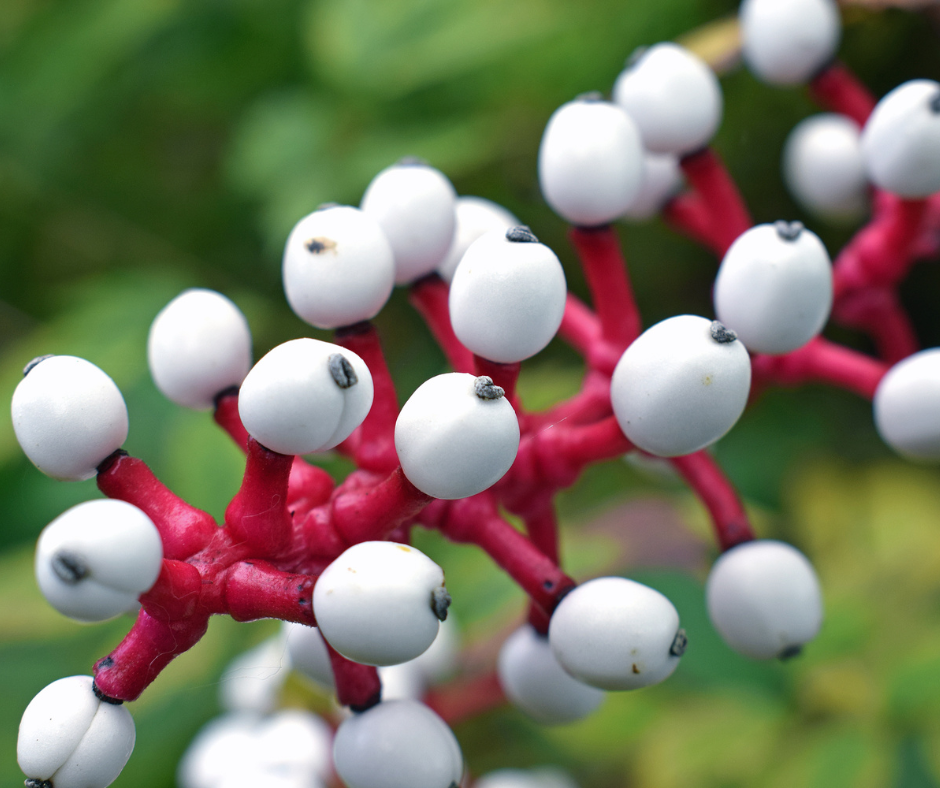

Similar to Doll’s Eyes, this plant has white berries that look like eyes. Again, it’s toxic, so handle with care. This plant thrives in partial to full shade. Ensure the soil is kept moist but not waterlogged. Rich, humusy soils suit it best.
Purple Pitcher Plant (Sarracenia purpurea)
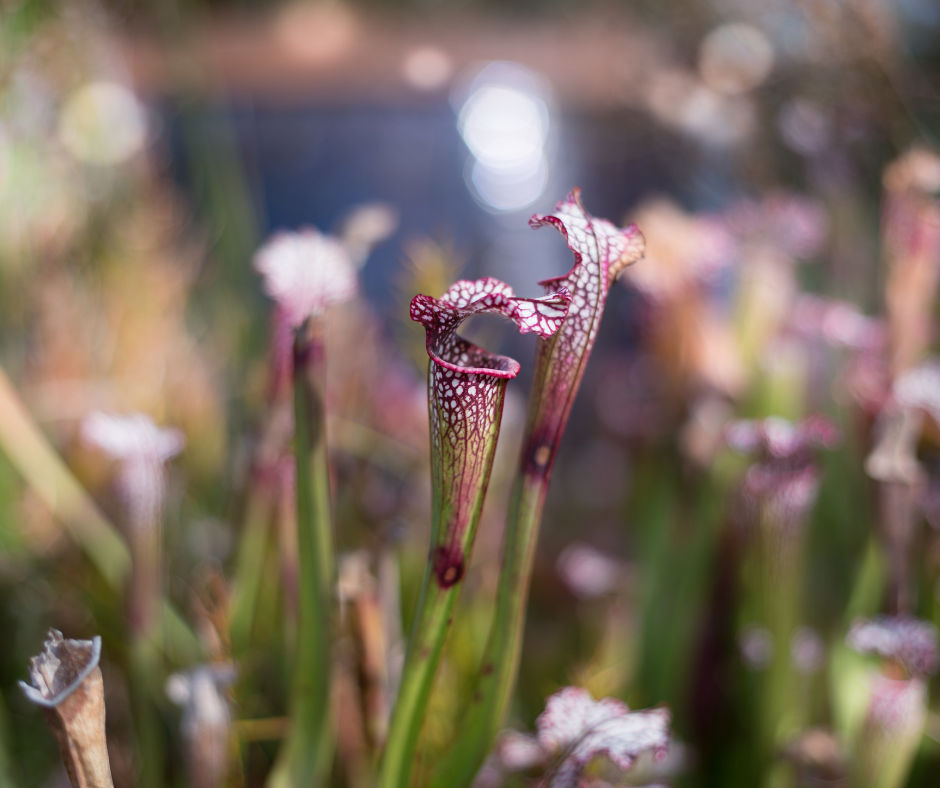

A carnivorous plant native to North America, its deep purple pitchers trap and digest insects. It yearns for full sun. Its soil should always be wet or moist, and an acidic, sandy peat mixture is optimal.
Devil’s Backbone (Pedilanthus tithymaloides)


This plant has zigzag stems resembling a spine and gets its spooky name from its unusual growth pattern. It prefers bright indirect light. Use a well-draining potting mix and let the soil dry between waterings.
Mother of Thousands (Kalanchoe daigremontiana)
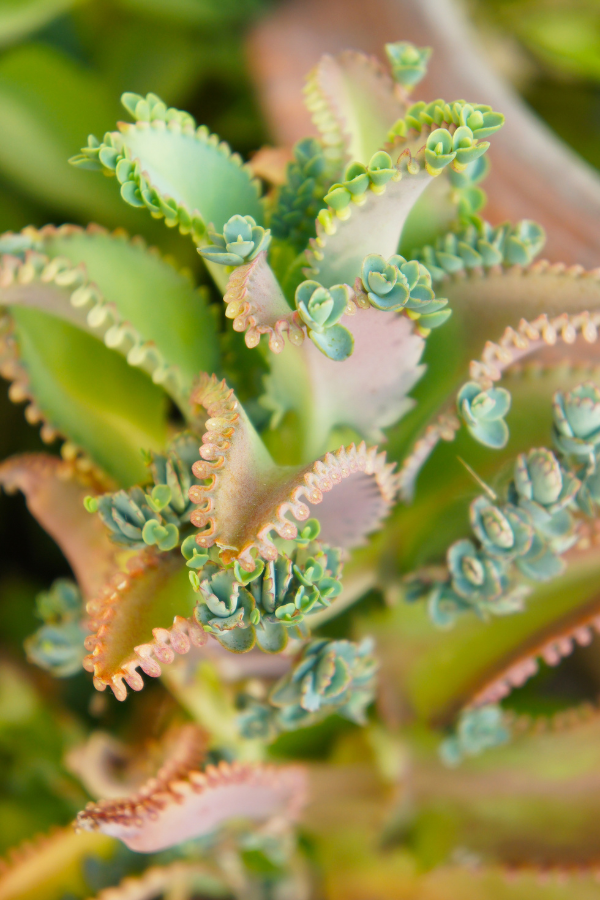

This plant produces baby plantlets along the edges of its leaves that look like little teeth or spines. Preferring bright light, this prolific plant needs a cactus or succulent mix. Ensure the soil dries out completely before re-watering.
Brain Cactus (Mammillaria elongata ‘Cristata’)
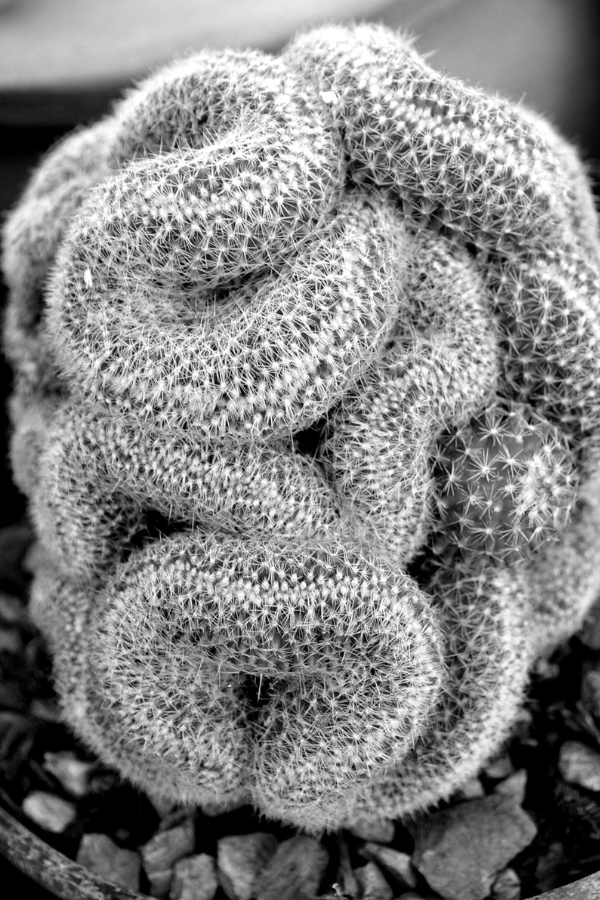

The crested form of this cactus looks eerily similar to a human brain. Bright indirect light suits this intriguing cactus. A cactus mix is ideal, and water should be given sparingly—letting the soil dry out in between.
String of Dolls (Senecio rowleyanus var. lindleyi)
A less common variant of the popular string of pearls plant, String of Dolls’ tiny, teardrop-shaped leaves give it a somewhat eerie appearance. Loving bright indirect light, this rare plant thrives in well-draining potting mix. Water it once the top inch of soil feels dry.
Stapelia Gigantea
Sometimes referred to as the “Starfish Flower,” this succulent produces large, hairy, starfish-like flowers that emit a rotten odor to attract flies for pollination. They might also attract dung beetles and other insects. Best placed in full sun to partial shade, this succulent needs a succulent mix for soil. Ensure the soil dries between waterings.
Maybe keep this one outside!
Fuel your creative fire & be a part of a supportive community that values how you love to live.
subscribe to our newsletter
*please check your Spam folder for the latest DesignDash Magazine issue immediately after subscription


Dragon Bone Cactus (Euphorbia lactea ‘Cristata’)
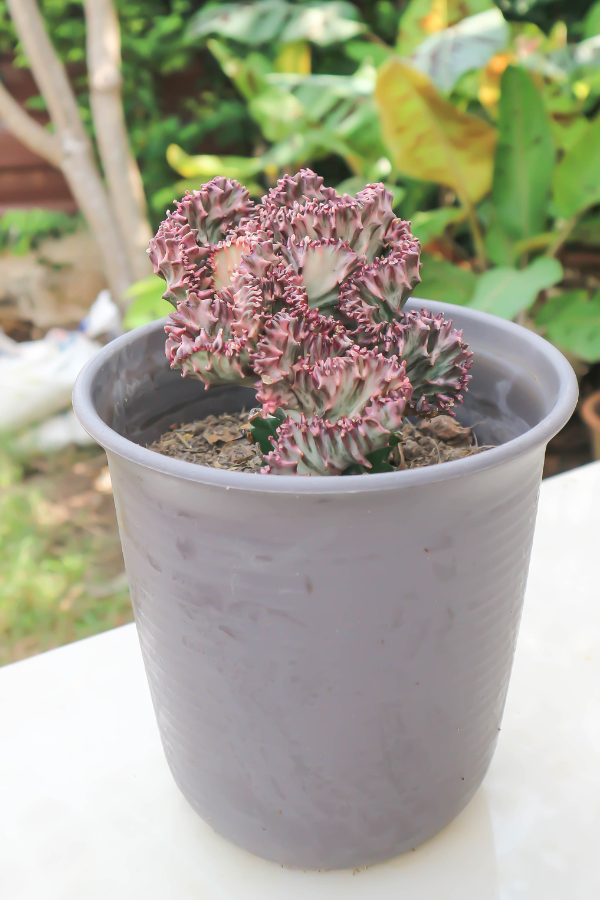

The plant’s contorted, ridged appearance gives it the look of a dragon’s spine or backbone. Preferring bright indirect light, this contorted plant requires a succulent mix. Water sparingly and allow the soil to dry in between.
African Mask Plant (Alocasia amazonica)
The dark, almost black leaves with bold white veins look dramatic and mysterious. The leaf’s shape is also reminiscent of masks used in tribal ceremonies.
This plant, with its dramatic leaves, loves bright indirect light. Use a peaty, well-draining soil and keep it consistently moist but not soggy.
Red Prayer Plant (Maranta leuconeura)
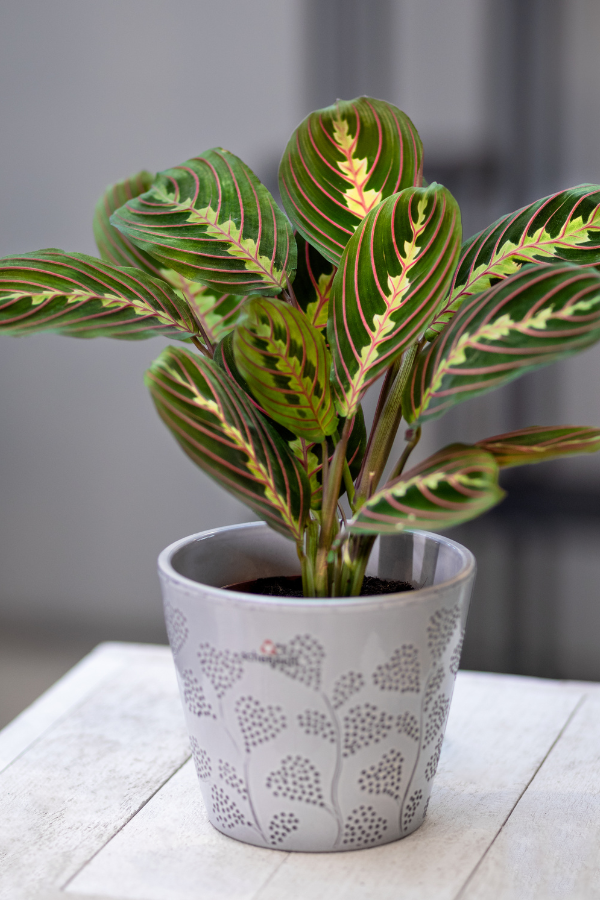

Its leaves fold up at night, resembling praying hands. The dark spots on this plant’s leaves can appear somewhat eerie—especially in dim light. Enjoying low to medium indirect light, this spooky plant prefers well-draining soil that stays consistently moist.
Bloodleaf (Iresine herbstii)


As the name suggests, this plant has blood-red leaves—making it a perfect addition to a spooky garden setup. With its blood-red leaves, it thrives in bright indirect light. It likes well-draining potting mix and should be watered once the top inch of soil dries out.
Cobweb Hen and Chicks (Sempervivum arachnoideum)
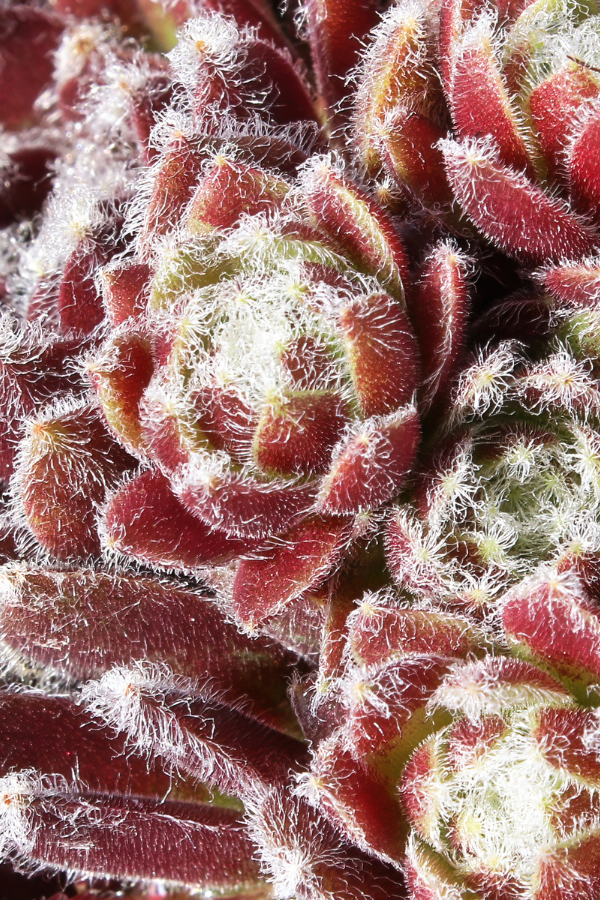

This succulent features a rosette pattern with web-like white hairs on top—giving it an eerie, cobweb-covered appearance. Sun-loving, this succulent needs full exposure. A succulent mix is best, and you should let the soil dry between waterings.
Witch Hazel (Hamamelis)
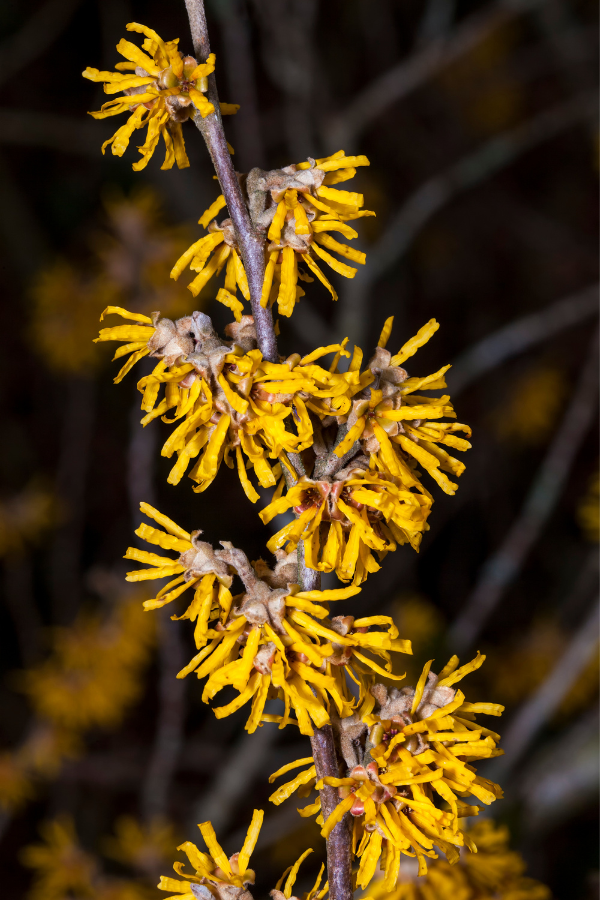

Mostly known as a shrub, it can also be kept as a container plant. We have added Witch Hazel to our list of spooky plants because of the spidery appearance of its winter flowers and, of course, its name.
This humble plant with unusual yellow flowers prefers full sun to partial shade. It enjoys well-draining, moderately moist soil and should be watered regularly.
Spider Orchid (Brassia spp.)
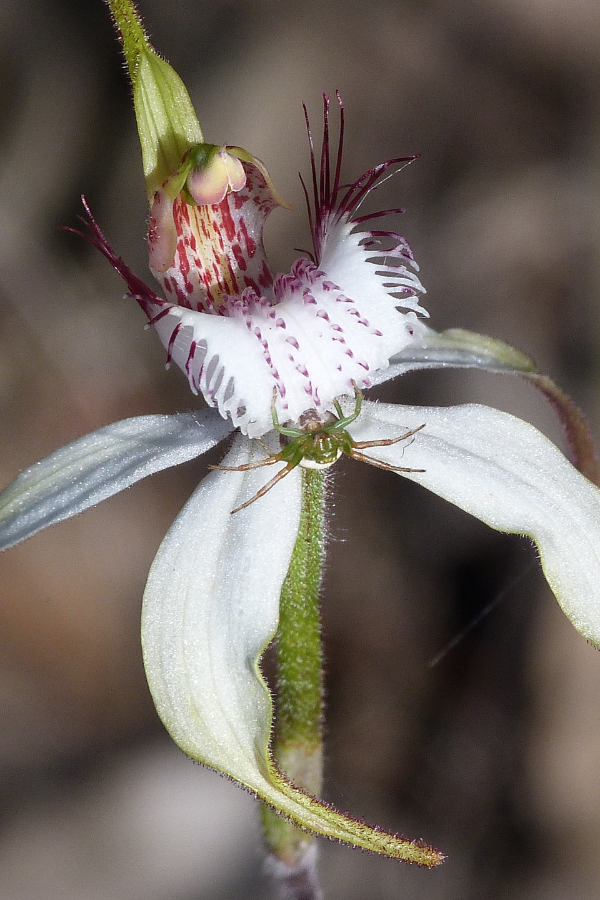

Not to be confused with the friendly-looking spider plant, the Spider Orchid is one of our favorite creepy plants on this list. The long, spindly petals of this orchid resemble spider legs.
This sensitive plant demands bright indirect light. An orchid mix is best, and water it just as the mix is almost dry.
Rattlesnake Plant (Calathea lancifolia)
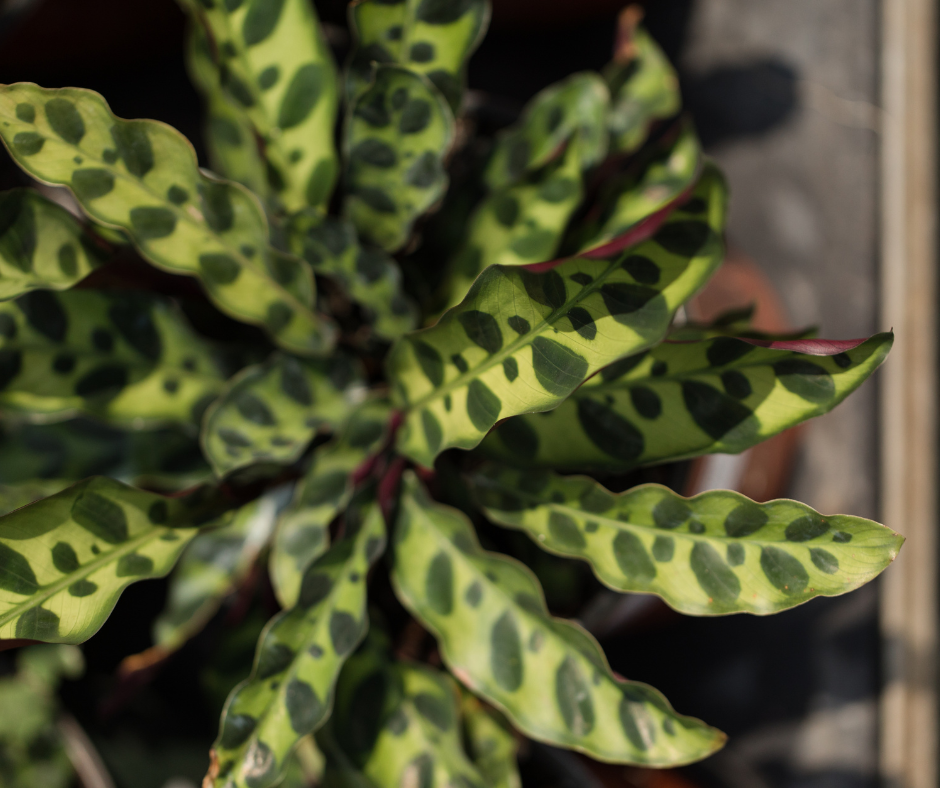

Its patterned leaves resemble the scales of a reptile, and the plant also has a unique movement in response to light changes, which can be quite eerie to observe. Preferring low to medium indirect light, its patterned leaves look best in peaty, well-draining soil. Keep the soil consistently moist to ensure these creepy plants thrive indoors.
Drosera (Sundews)
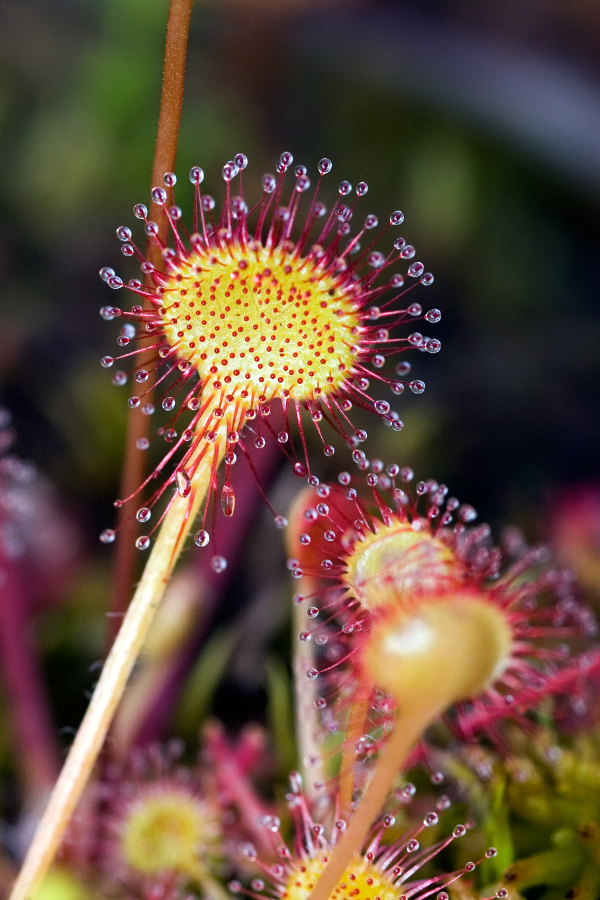

Drosera is another carnivorous species with sticky, tentacle-like structures that trap insects. The glistening droplets on their tentacles can look otherworldly and unsettling.
These carnivorous plants need bright indirect light. Their soil should always be moist and is best composed of a mix of peat and sand.
Moonflower (Ipomoea alba)
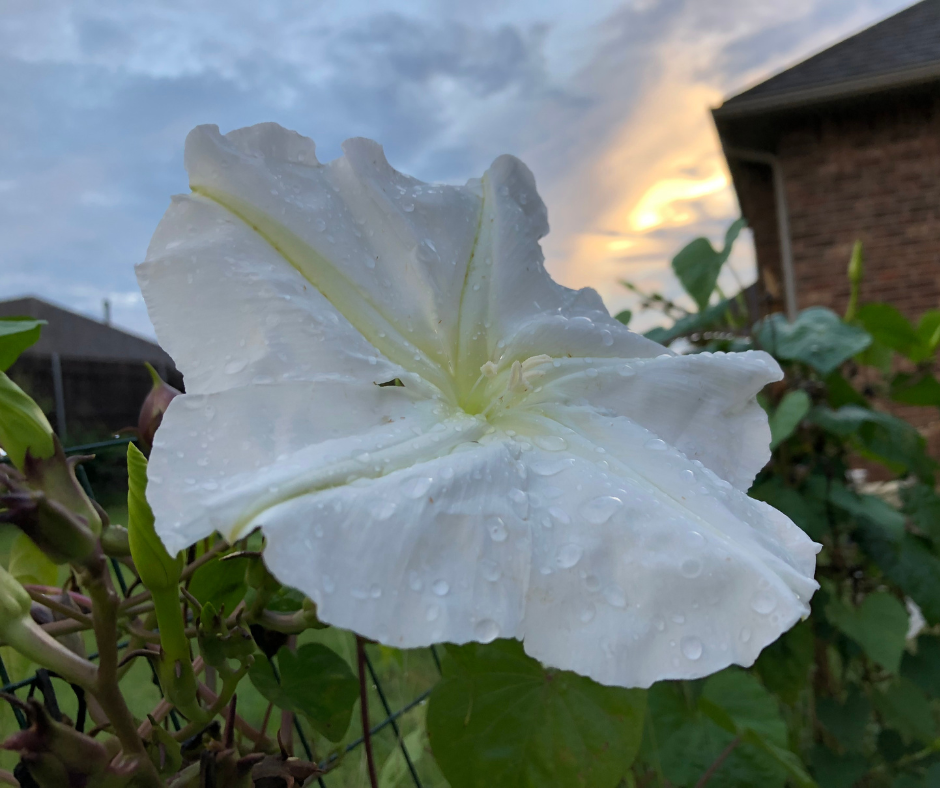

While it’s more commonly grown outdoors, you can keep it as a container plant indoors. Its large, fragrant flowers bloom at night and close during the day—adding a touch of nocturnal mystery.
Moonflowers love full sun. Its soil should be well-draining, and while watered regularly, allow it to dry slightly between
Devil’s Ivy (Pothos)
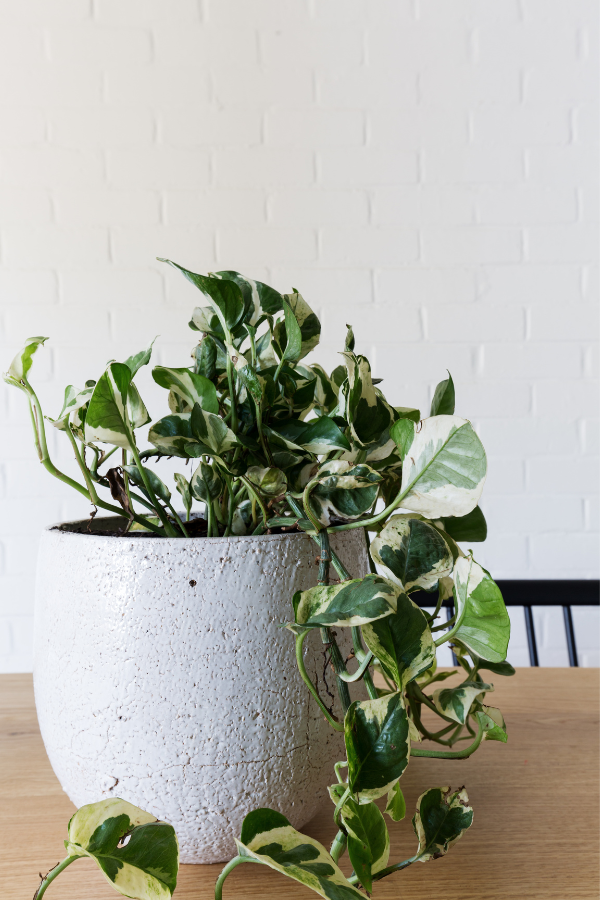

Apart from its spooky name, the trailing nature of pothos can be used in thematic setups to give an eerie ambiance. Adaptable from low to bright indirect light, this trailing beauty enjoys a standard potting mix. Water it once the top inch of soil is dry.
Monkshood (Aconitum)
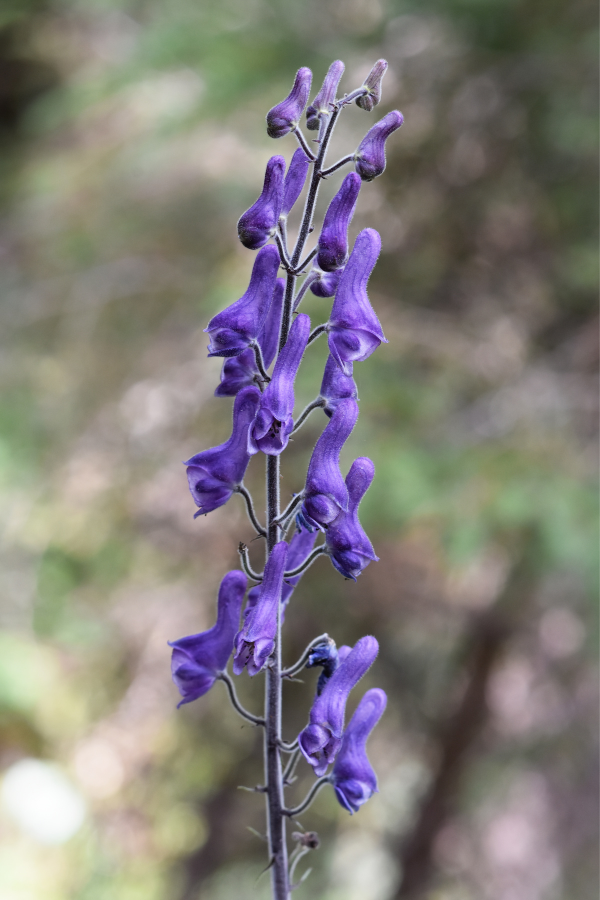

Known for its historical association with poison and witchcraft, Monkshood has beautiful blue flowers but is very toxic. In Greek mythology, Monkshood is said to have sprouted from the saliva of Cerberus, the three-headed dog that guards the gates of the underworld, when Hercules dragged the beast from its lair.
Monkshood is also called “wolfsbane.” The name “wolfsbane” stems from the belief that ground-up parts of the plant were once used to poison arrows or meat baits set out to kill wolves. Throughout the Middle Ages in Europe, Monkshood was often associated with witchcraft. Witches were believed to use the plant in their potions and spells.
It was thought to be used in flying ointments along with other ingredients. When applied, these ointments were believed to give witches the sensation of flight. It was also said to be used in transformations—helping witches turn into werewolves or aiding in summoning werewolves and other creatures of the night.
If considering Monkshood, ensure it’s kept away from pets and children. This creepy Halloween plant needs partial shade. It requires rich, moist, well-draining soil and consistent watering.
Honorable Mention: Corpse Flower (Amorphophallus titanum)
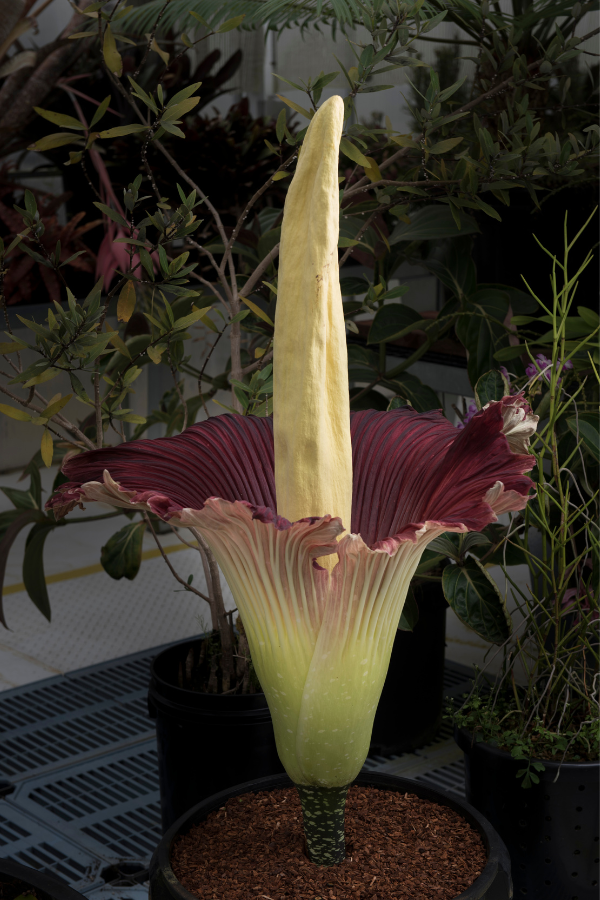

While not a typical houseplant due to its size and challenging growing conditions, the corpse plant produces one of the world’s largest flowers, which emits a strong smell of rotting flesh when it blooms.
Final Thoughts
Remember, the care tips provided here are general guidelines. Depending on your environment and specific conditions, some adjustments may be needed. Always monitor your spooky house plants and adjust care as needed.
We also urge you to ensure that any plant you choose is appropriate for your living conditions and remember to keep potentially toxic plants away from pets and children. A little research will go a long way in ensuring the safety of everyone in your home.





